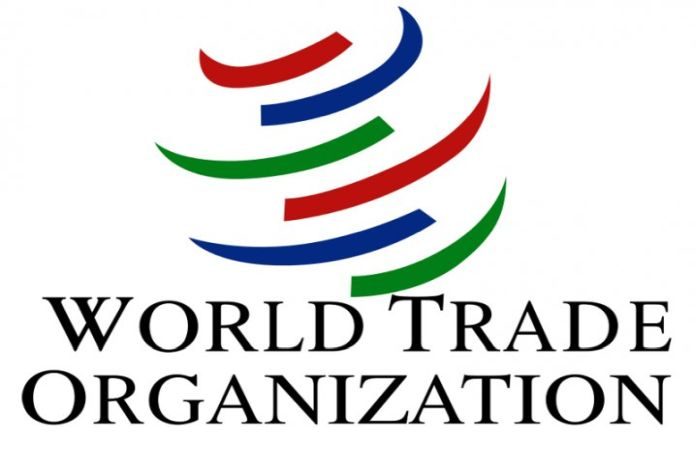By Elizabeth Morgan
GEORGETOWN, Guyana – The development status of members, i.e. whether they are designated developed, developing or Least Developed Countries (LDCs), has now become a contentious issue at the World Trade Organization (WTO). Note that all WTO members are not countries. Hong Kong, Macau and Taiwan (Chinese Taipei) are customs territories as they are not recognized sovereign states.
The development designation of a country or territory at the WTO is important as it determines whether they can utilize various development flexibilities, called “special and differential treatment (S&DT)”, contained in the WTO multilateral trade agreements or benefit from unilateral, one way preferential market access programmes, such as the Generalized System of Preferences (GSP), offered by developed countries.
The WTO, with 164 members, follows the system of development designation which applies at the United Nations (UN). Countries self-select whether they are developed or developing. Developed countries are primarily about 31 rich, industrialized countries who are integrated into the world’s financial and trading systems.
The developing countries (over 100) are in Asia, Africa and Latin America and the Caribbean. In 1971, arising from discussions about the plight of the poorest countries, the UN General Assembly adopted Resolution 2768 on the identification of the Least Developed Countries (LDCs). From this, there is now a formal category of 47 LDCs, which are mainly in Africa and Asia/Pacific. There is only one LDC, Haiti, in Latin America and the Caribbean.
Over the years, the United Nations Conference on Trade and Development (UNCTAD), first held in 1964, sought to introduce sub-categories of small island developing countries, land-locked developing countries, and countries in transition (formerly centrally planned economies). By 2000s, in economic institutions, there was increasing reference to certain countries as “emerging economies”, meaning they were advancing in development based on per capita income, GDP growth, export performance and integration into global finance. This signaled that a discussion on differentiation, i.e. excluding some developing countries from S&DT, would gain momentum at the WTO.
Special and Differential Treatment (S&DT)
To understand the current WTO discussion on development status (differentiation) and the implications for countries in the Caribbean, requires a summary of the origin of S&DT at GATT/WTO.
There were twenty-three (23) signatories to the 1947 General Agreement on Tariffs and Trade (GATT). At that time, development was not such an issue. However, in the 1950s, more independent former colonies joined the GATT along with countries from Latin America. Trinidad and Tobago and Jamaica joined in 1962 and 1963 respectively. There was growing emphasis on the link between trade and development and the disadvantages experienced by these less developed countries.
This concern led the GATT to negotiate and adopt, in 1964, a new chapter on Trade and Development. This Chapter recognized that developing countries should be allowed to use special measures to promote trade and development. It enabled the application of S&DT and instituted the principle of non-reciprocity meaning that developing countries would not be required to reciprocate in opening their markets to developed countries in GATT trade negotiations.
The GSP was initiated and adopted in UNCTAD in 1970. GSP granted S&DT allowing developed countries to offer to developing countries unilateral, one-way market access through tariff reductions on a range of products. During the GATT Tokyo Round of Negotiations (1973-1979), the “Enabling Clause” was adopted giving a permanent most favoured nation (MFN) waiver to the GSP.
By the GATT Uruguay Round (1986-1994), more developing countries were in the GATT and more issues of interest to them were being negotiated. It was recognized that developing countries still needed S&DT which is reflected in the Agreements. But, it was already threatened.
Under the new WTO, the Doha Round was launched and should have been a development round focusing on the concerns of developing countries. It was here that the challenge to S&DT commenced in earnest.
Submitted by Elizabeth Morgan, Specialist in International Trade Policy and International Politics
Originally published on CARICOM Today





